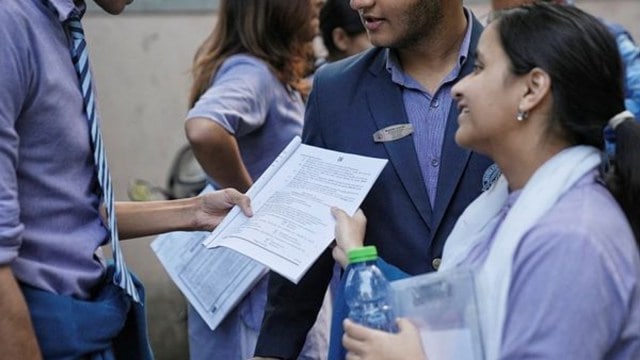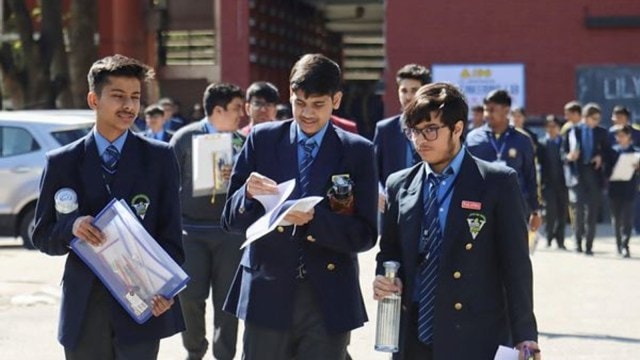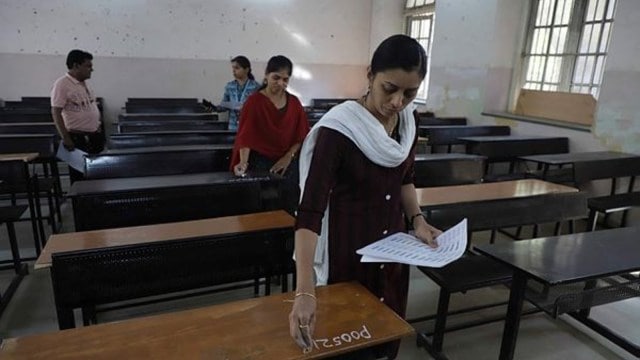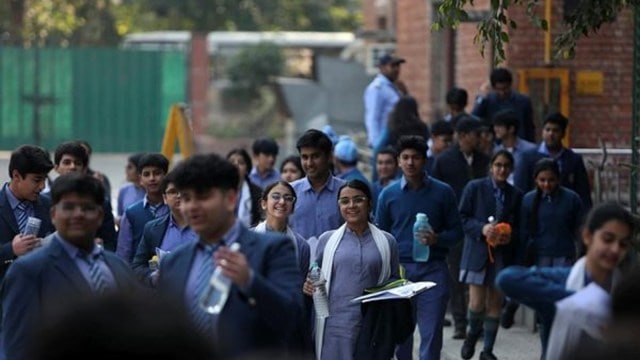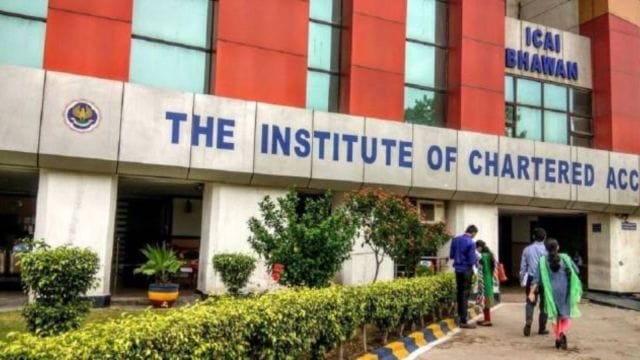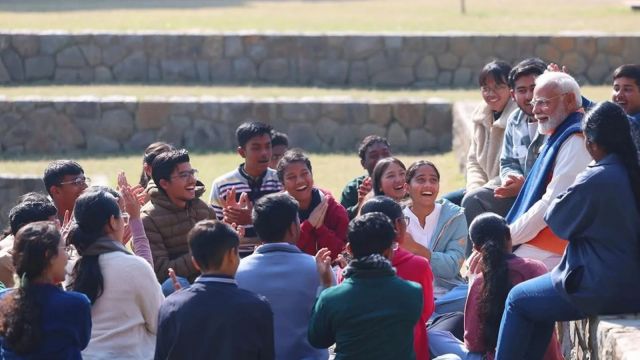
Fresh Manipur violence, NSCN’s new threat reflect holes in Centre’s Northeast approach
While the violence in Manipur takes another dip, with the Armed Forces Special Powers Act (AFSPA) reimposed in some districts on Thursday, the NSCN(I-M) threatened last week to withdraw from the 1997 ceasefire agreement with the Union government if the Centre does not agree to its demands of a separate flag and constitution for the Naga people.
Over the past few years, the government has been highlighting various peace deals inked with insurgent groups in the Northeast, claiming to have brought down overall violence in the region. But the developments in Manipur and Nagaland show that it may have underestimated the complexities of the region.
The fresh spurt of violence comes less than a month after the government gathered Meitei and Kuki leaders from Manipur in Delhi for the first such peace talks between the two communities since the clashes began in May 2023.
Monday’s crossfiring between alleged militants of the Hmar community and the CRPF in Jiribam district led to the largest number of single-day casualties this year in the violence – with 10 suspected Hmar militants and two Meitei men killed, apart from injuries to a CRPF personnel.
Monday’s violence also stood out for being the first clash to involve the CRPF in a gunfight leading to casualties. So far, Central forces have acted with restraint in Manipur, particularly given the constant accusation by Meiteis against the Assam Rifles of “bias” towards Kukis. While the CRPF firing after a mob attacked its camp is expected to deter armed militants who have been acting with impunity in the state, it has only taken the violence a notch higher.
Hmar organisations have accused that the men killed by the CRPF were not militants but “village volunteers”, who were shot in an “ambush”. The Kuki Student’s Organisation has declared “non-cooperation” with the CRPF and warned that any CRPF personnel venturing out of their camps “shall proceed at their own risk and responsibility”.
Even in neighbouring Mizoram, former BJP ally Mizo National Front has dubbed the deaths as “extrajudicial killing” and accused the CRPF of “bias”. The Mizos identify with the hill tribes of Manipur.
The unified command in the state has countered the charges by pointing to the recovery of sophisticated weapons and RPG guns from the scene of the firing.
Until now, if the Assam Rifles was the target of popular anger in the Valley, in the hills inhabited by tribals, the Manipur Police was viewed with suspicion. The CRPF, BSF and Army were viewed as neutral forces.
As the situation takes this new complicated turn, most officials involved in managing the crisis, including those from the security establishment, point out that the only solution is a “political” one — requiring tough security and political decisions on the one hand and deft handling of demands from the hills and the Valley on the other.
However, the government has seemed unsure about how to proceed on this path. During the first few days of the violence in Manipur, it relied entirely on infusion of more security forces, which proved unproductive in a deeply divided society that already didn’t trust the forces on the ground. The passage of more than a year and a half without a solution and spurts of violence mean the divide is only exacerbated.
The reimposition of AFSPA Thursday is another indication of this. The government had removed the Act from 19 police stations across seven districts in Manipur just before violence began in the state. Now it has reinstated it in six police stations.
Sources say that the intermittent attempts at talks with warring parties have not yielded results as there is no political offer on the table. While the government managed to bring Meitei and Kuki leaders under the same roof last month, it failed to initiate a conversation between them.
“It is complex. What Kukis want, Meiteis are not ready to give. What Meiteis want is not agreeable to Kukis. On top of that, when violence continues, leaders of the respective communities are under pressure to pander to public opinion. Also, any unilateral decision from the Centre will lead to similar demands from elsewhere,” a Union Home Ministry official said.
Unlike Manipur though, the Centre has had more elbow room on the Naga political issue. But there has been a stalemate since 2015, when the government signed what it touted as a “historic” Framework Agreement with the NSCN(I-M), promising that a Naga Peace Accord would follow. Almost a decade later, there is no sign of the deal.
Now, just a month after the Centre held talks with the NSCN(I-M) representatives in Delhi, comes the threat by the organisation to withdraw from the 1997 ceasefire agreement. While the organisation has been known to make threats, it has not spoken of ending the ceasefire and seeking “third-party mediation” in as many words in the past.
Sources said the peace process is stuck due to divergent interpretation of the Framework Agreement, which is apparently so convoluted that both New Delhi and the NSCN(I-M) are asserting the affirmation of their positions through its terms.
The NSCN(I-M) argues that the Agreement guarantees their sovereignty and so the Nagas must have their own flag and constitution, a demand that the Centre won’t concede.
A security establishment officer said that there is another complication now. “While these issues have been part of conversation between the Centre and NSCN(I-M) in the past, they have become non-negotiable now after the abrogation of Article 370, which denied Jammu and Kashmir its flag and constitution.”
In his statement threatening to withdraw from the ceasefire agreement, NSCN(I-M) chief Thuingaleng Muivah said the outfit could “resume the violent armed resistance against India” if the Centre did not “honour” the 2015 Framework Agreement. He also demanded a third party (a foreign country) mediation for further talks – a demand that the Centre is set to reject.
Sources in the Central security establishment are hopeful Muivah is only muscle-flexing, in the hope of creating a legacy for himself as a leader who did not “compromise”. “He, perhaps, realises that the Naga peace deal is not happening in his lifetime… (But) it is unlikely it will alter the position of the Indian government,” an official said.
At the same time, the official added that it would be wrong to regard it as an empty threat, with the NSCN(I-M) still “a powerful armed organisation that gets fresh recruits to this day”.
A senior security establishment officer in Nagaland said the Centre is to blame. “When the government cannot give a flag and constitution, why doesn’t it say so directly to Muivah? The problem is with the interlocutor dilly-dallying during talks. Nagas like straight talk. Tell them directly it won’t happen, and ask them what else they want. And then be prepared for the consequences. At least you will get to the end of the problem with that,” an officer who has dealt with the group said.

 Posts
Posts Sign up as a Teacher
Sign up as a Teacher